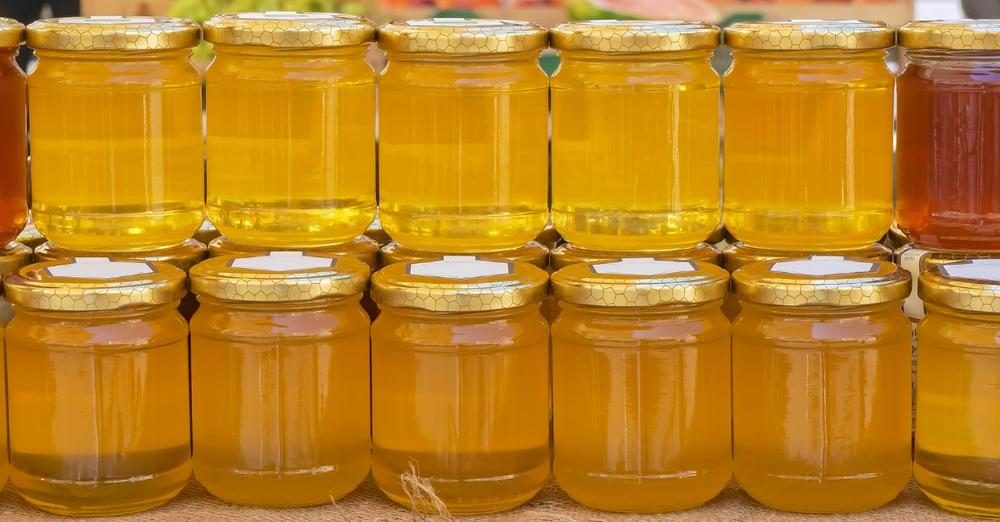Why Does Frozen Yogurt Melt So Fast?
Frozen yogurt melts quickly due to its lower fat and higher water content, alongside its airy structure which absorbs heat faster. Tips to slow the melting process include using insulated containers, freezing your serving dish, adding insulating toppings, and limiting air exposure.

Frozen yogurt, a crowd favorite for its delightful flavors and healthier profile compared to ice cream, faces one frustrating challenge: it melts quickly, especially during the scorching days of summer. Just as you're about to enjoy its cool, creamy texture, it often turns into a liquid mess sooner than expected. While it might seem like a minor inconvenience, there's a straightforward scientific explanation behind this rapid melting, and understanding it can enhance your frozen yogurt experience.
The Science of Melting
The main reason frozen yogurt melts so swiftly has to do with its composition and structure. Frozen yogurt is made with a mix of yogurt, sugar, and sometimes cream, but compared to ice cream, it often contains less fat and more water. Fat acts as a stabilizer and helps ice cream stay frozen longer. Water, on the other hand, has a lower freezing point and turns to liquid more quickly once it's above 0°C (32°F). This means that frozen yogurt, with its higher water content, is predisposed to melt at a faster rate once it meets the warm air.
Additionally, the airy structure of frozen yogurt, which makes it so delightfully soft and creamy, also contributes to its rapid melting. The air pockets within the frozen yogurt absorb heat more quickly, causing the structure to break down at a faster pace than denser frozen desserts.

How to Slow Down the Meltdown
While we can't change the basic properties of frozen yogurt, there are a few tricks to extend your enjoyment of this delightful treat, even on the hottest of days.
- Choose Containers Wisely: Using an insulated container can significantly slow down the melting process. If you're taking frozen yogurt to go, opt for a styrofoam cup over a plastic one. For home consumption, consider transferring your yogurt into a pre-chilled bowl.
- Freeze Your Serving Dish: If you plan to enjoy your frozen yogurt at home, try placing your bowl in the freezer for a few minutes before serving. This little trick can give you a bit more time to savor your treat before it turns into a puddle.
- Opt for Toppings with Insulating Properties: Toppings can add more than just flavor; they can also provide a slight barrier against heat. Ingredients like nuts, chocolate chips, or thick syrups can help insulate the surface of the frozen yogurt, slowing down the melting process.
- Limit Exposure to Air: The more surface area exposed to warm air, the faster your frozen yogurt will melt. Try keeping your frozen yogurt in a container with a lid when not actively eating it to reduce exposure to air.
;Resize,width=767;)
;Resize,width=712;)
;Resize,width=712;)
;Resize,width=712;)
